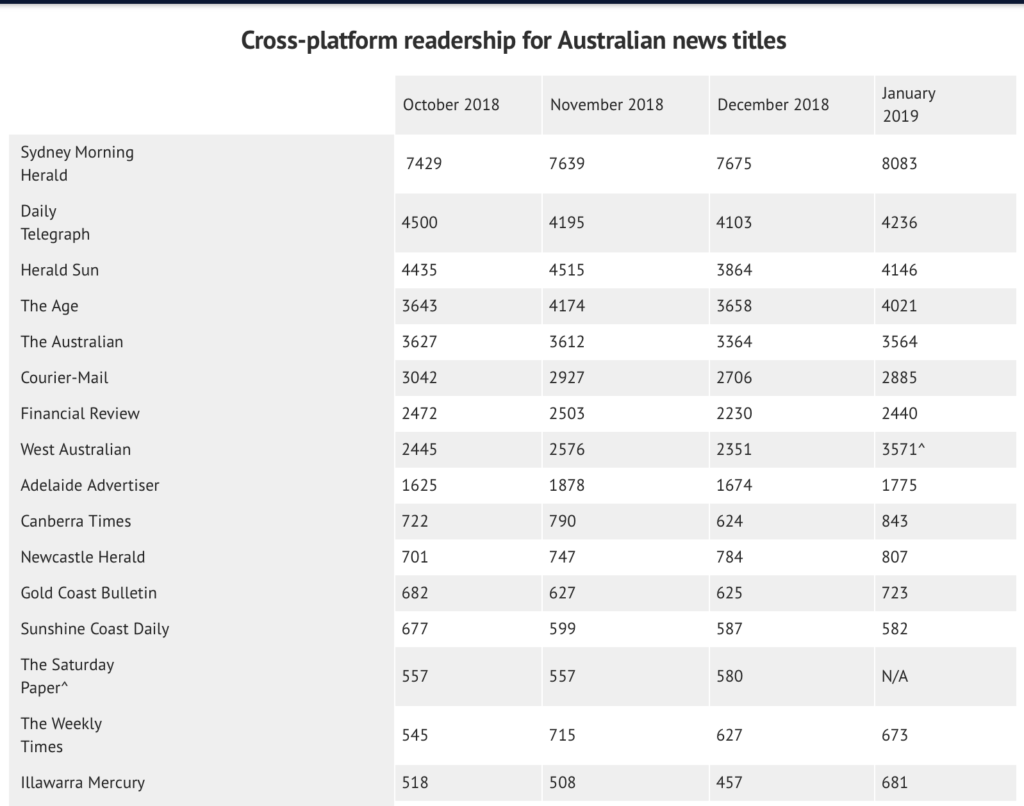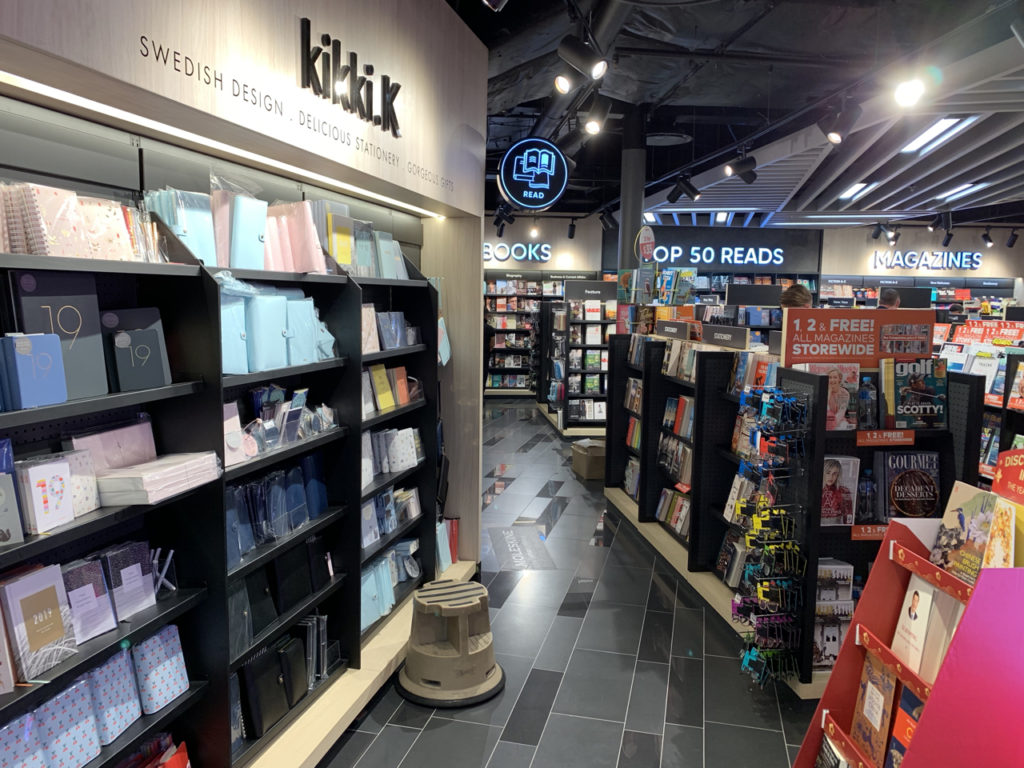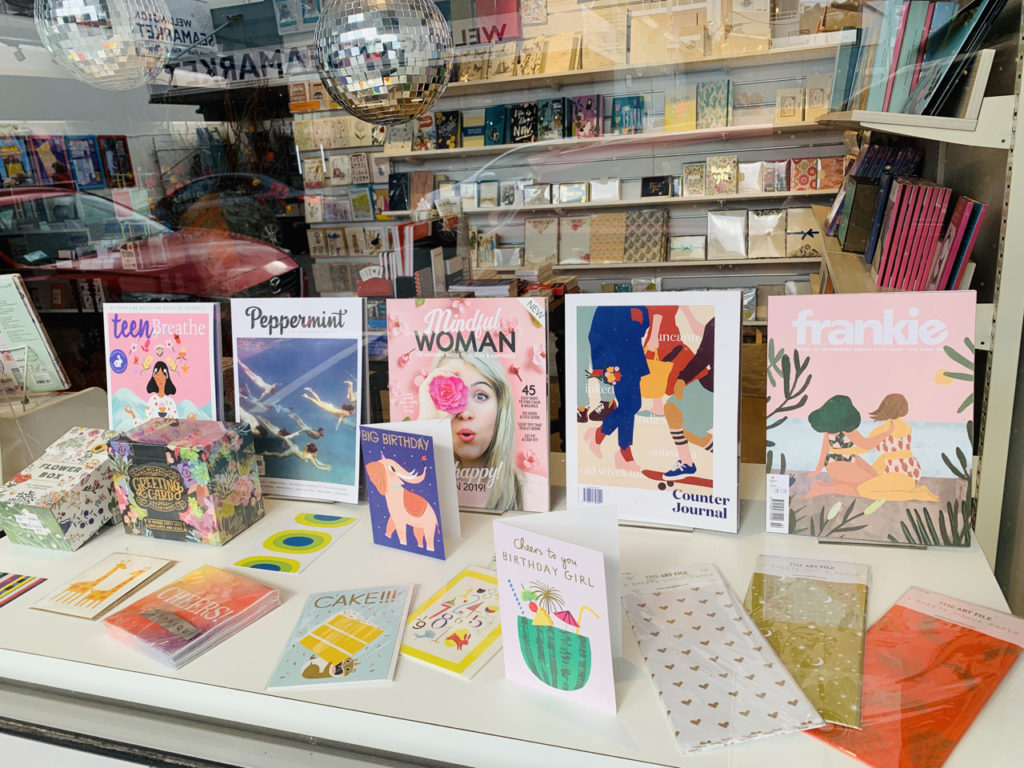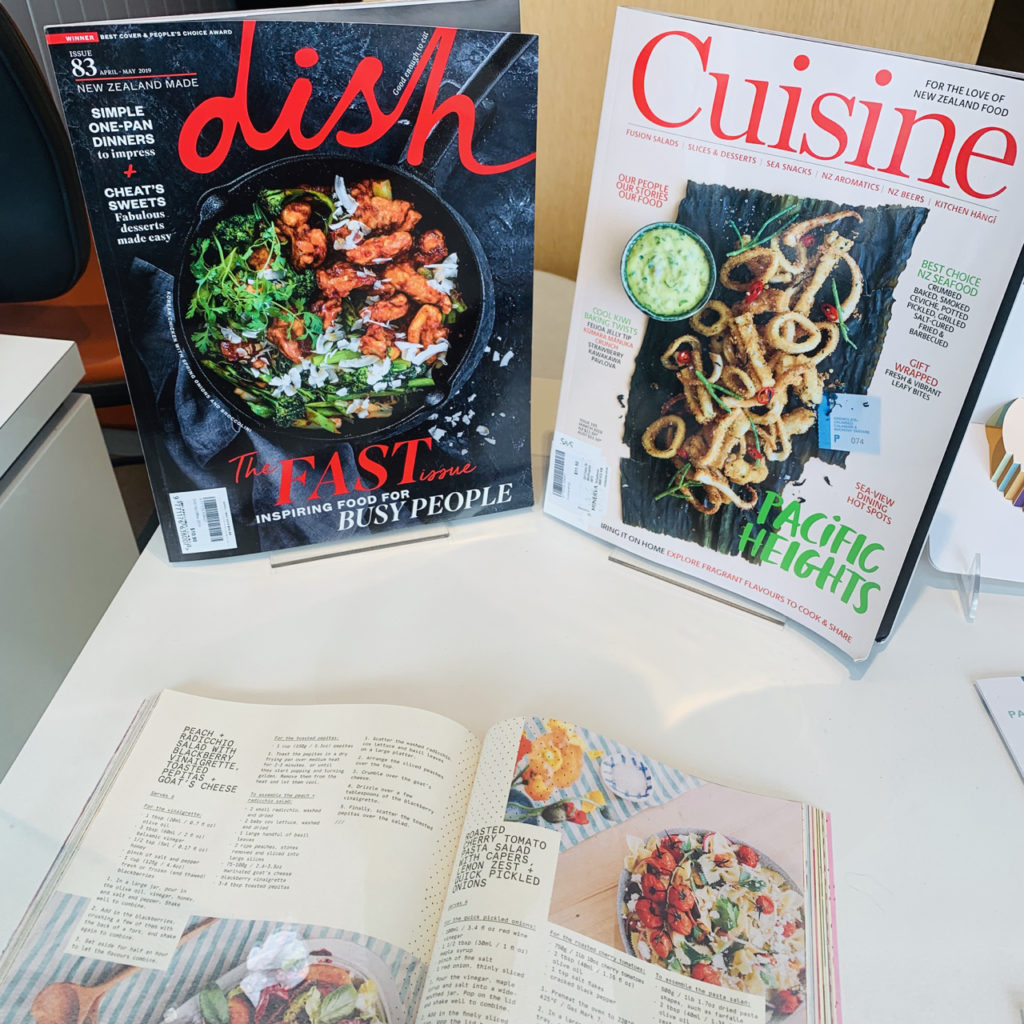| Thank you very much for inviting me to give this annual address. It is an honour to join such distinguished company and to share with you some thoughts on the huge changes that will reshape the human experience in the 21st century.
I think everyone in this magnificent hall would agree that the world is changing at a pace never experienced by our ancestors.As that great American scientist, Freeman Dyson,*1 has said, the technological revolution is like an explosion which is tearing apart the static world of our ancestors and replacing it with a new world that spins 1000 times faster.
The scientific revolution that began 300 years ago in Europe has accelerated exponentially, spreading knowledge at a speed that will, I believe, change our way of life.
It is difficult, indeed dangerous, to underestimate the huge changes this revolution will bring or the power of developing technologies to build and to destroy – not just companies but whole countries.
For instance, we probably haven’t heard the name of what will be the world’s largest company in 2020.
Indeed that company may not even exist yet — although I hope that it does, and that I know its name!
Societies or companies that expect a glorious past to shield them from the forces of change driven by advancing technology will fail and fall.
That applies as much to my own, the media industry, as to every other business on the planet.
Power is moving away from the old elite in our industry – the editors, the chief executives and, let’s face it, the proprietors.
A new generation of media consumers has risen demanding content delivered when they want it, how they want it, and very much as they want it.
This new media audience – and we are talking here of tens of millions of young people around the world – is ALREADY using technology, especially the web, to inform, entertain and above all to educate themselves.
This knowledge revolution empowers the reader, the student, the cancer patient, the victim of injustice, anyone with a vital need for the right information.
It is part of wider changes that reach far beyond the media industry.
I will discuss those changes in a minute, but let me first say that I understand why many people find the speed and direction of change so unsettling.
To them, this is the age of anxiety, an age in which technology and science seem to pose huge threats, rather than present great opportunities.
And it is perfectly true that we do face some daunting challenges.
Let us consider some of them.
How will the old nations of Europe cope with the economic rise of nations such as China and India?
Will the US and Britain remain immune from the challenge of these emerging superpowers?
Can we find victory over a new and harrowing form of terrorism carried out in the name of Islam? We should not fool ourselves. There are no civilians and no chance of a negotiated peace in this war.
How do we contain unstable regimes in North Korea and Iran that are bent on, and very close to, developing nuclear weapons?
How are we to provide food and water for a global population that is set to rise from 6.4 billion today, to 9.2 billion in 2050 ?
As we ponder these and other truly momentous questions, we would not be human if we did not look into the eyes of our children and grandchildren and sometimes wonder what world we will be leaving them.
My argument this evening is that, whatever our fears, we actually live in a second great age of discovery.
I believe that the fusion of technology and science allied to the natural creativity embedded in the human spirit will enable us to surmount the dangers we undoubtedly face, and forge a better world for all of us.
And equally I believe that what is loosely called the media will play a crucial role in shaping that destiny by facilitating the flow of ideas and the interaction of creative minds.
Never has the flow of information and ideas, of hard news and reasoned comment, been more important.
The force of our democratic beliefs is a key weapon in the war against religious fanaticism and the terrorism that it breeds.
Remember, it was ideas – the ideals of democracy allied to the free market – as much as the economic collapse of the Soviet Union that brought the West victory in the cold war.
The free flow of information is not just a building block of our democratic system; it is also the fuel of the technological revolution.
We are making new discoveries across the spectrum of science: in medicine, genetics, biology, physics and in every field of technology because information is flowing like rivers between universities, drug and biotech companies, libraries, laboratories, and public and private research centres. And, of course, across most national boundaries.
That information is carried via print, newspapers, magazines and books. It is carried on television, laptops, personal organisers, cell phones and, of course, the web.
The media use all these platforms to give the public access to this waterfall of information.
This is how public opinion is shaped. And we know how public opinion can make history.
Let me give you an example.
Consider this splendid space, the Stationers’ Hall, with its many coats of arms mounted on these ancient walls.
I hardly have to tell you that this Hall was rebuilt after the Great Fire of London, and completed 333 years ago in 1673.
If you happened to be living in London that year, you would know that Europe was briefly and uneasily at peace. You would hear the political gossip about popish plots swirling around the court of King Charles the Second.
But you would not really know what was going on beyond the shores of this island, or perhaps even in the next town.
You would not know, for instance, that British power in North America was being challenged on an issue – taxation – that would lead to revolution.
You would not know, of course, because there was no means of finding out. There were no newspapers and obviously no radio or TV. The little information available was circulated via pamphlets and filtered through coffee shop conversations.
But history in those early years of the 1670s was, as ever, on the march.
A year after this hall was finished, a small event in the British colonies of America went un-remarked upon elsewhere in the world. Philip Carteret, governor of New Jersey, launched a campaign to enforce payment of quitrents, land taxes raised by Parliament in London.*2
The Governor’s decision turned simmering resistance into local rebellion. The rebellion petered out, but a fuse had been lit that flared through the 13 colonies leading to the revolution of 1776 and the creation of the United States of America.
Yet it took 100 years from that unnoticed event in New Jersey before English Rule in North America was ended.
Think what would have happened had the news of the tax revolt in New Jersey been made public throughout England and Europe as those events unfolded across the Atlantic. Think of the pressure on monarchy and parliament from a people weary of war and foreign involvements.
Think of the great excitement in France at another chance to do down the ancient foe.
Historians will argue forever about what might have been.
Let me join them and entertain you with this thought:
If print technology had allowed The Times newspaper to launch 100 years before it actually did in 1785, the American Revolution – and everything that flowed from it – might have happened much earlier.
Had The Times reported the growing fury in the last decade of the 17th century among the North American colonies at taxes imposed by government in London, do we think it would have taken another 100 years before revolution ended colonial rule? I doubt it.
Since those days, and especially since the rise of the popular press at the turn of the 19th century, the power of the media to influence events and drive change has grown hugely.
But, as I said earlier, power is moving away from those who own and manage the media to a new and demanding generation of consumers – consumers who are better educated, unwilling to be led, and who know that in a competitive world they can get what they want, when they want it.
The challenge for us in the traditional media is how to engage with this new audience.
There is only one way.
That is by using our skills to create and distribute dynamic, exciting content. King Content, the Economist called it recently. But – and this is a very big BUT – newspapers will have to adapt as their readers demand news and sport on a variety of platforms: websites, ipods, mobile phones or laptops.
I believe traditional newspapers have many years of life left but, equally, I think in the future that newsprint and ink will be just one of many channels to our readers.
As we all know, newspapers have already created large audiences for their content online and have provided readers with added value features such as email alerts, blogs, interactive debate, and podcasts.
Content is being repurposed to suit the needs of a contemporary audience.
This divergence from the traditional platform of newsprint will continue, indeed accelerate for a while.
The same is true of television.
Sky has already started putting programmes onto PCs and mobile phones.
That old square television box in the corner of the room may soon be dead but the television industry is seizing the opportunities thrown up by the technology revolution.
PVRs – personal video recorders – streaming live TV onto mobile phones – beaming programmes onto computers via IPTV – internet broadcasts – this wave of innovation gives the consumer huge choice at relatively low cost.
So, media becomes like fast food – people will consume it on the go, watching news, sport and film clips as they travel to and from work on mobiles or handheld wireless devices like Sony’s PSP, or others already in test by our Satellite companies.
This does not mean that television and newspapers need lose their historic role of keeping people informed about what is happening in the world around them.
Given the speed of change around us that role has never been more important.
Consider the field of medicine where science fiction is becoming science fact.
We have learned more about how to prevent and treat cancer in the last 10 years than in the history of mankind.
That is the stated view of the American Cancer Society.*3
Here is another view from the National Cancer Institute in the US :
“By the year 2015 we aim to see the elimination of death and suffering due to cancer.” *4
What has prompted two such reputable organisations to make these huge claims – claims that will, if true, change the lives of millions of people on this planet?
Three years ago a group of scientists made a breathtaking breakthrough by publishing a genetic map showing the DNA breakdown of the human race.5
Driven by ever-more-powerful computers, the new science of DNA is giving us control over the evolution of most life forms and most critically of our own human existence.
It means that scientists are gaining the power to create plant and animal life with the specific intention of feeding more people with better food, with curing people of a range of diseases: the power to enable people to lead far better lives.
It means that medicine has been changed forever.
Already DNA knowledge is being used to manufacture human hormones, reduce heart blockages, shrink tumours and treat multiple sclerosis.
Little wonder that governments, universities and the big drug companies are investing billions into DNA related research.
The DNA breakthrough happened because, throughout their research, scientists in the US were able to post their findings on the web, drawing information and inspiration from colleagues around the world.
The internet was crucial to that astonishing development and I am sure that the web will continue its rapid development as the prime media channel for information, entertainment, business and social contact.
One of the reasons I say that is the success of a company we bought last year called www.MySpace.com.
This is a networking site in which millions of people, aged mainly between 16 and 34, talk online to each other about music, film, dating, travel, whatever interests them. They share pictures, videos and blogs, forming virtual communities.
Since launch just two years ago, the site has acquired sixty million registered users, thirty five million of whom are regular users.
This is a generation, now popularly referred to as the “myspace generation”, talking to itself in a world without frontiers.
It is just one example of how the media, with its ability to reach millions with information, entertainment and education can use the achievements of technology to create better and more interesting lives for a great many people.
And it is one reason why I believe we are at the dawn of a golden age of information – an empire of new knowledge.
But knowledge alone is not a magic wand which can be waved to banish poverty and produce riches. Life is not like that.
Consider the words of the Nobel Laureate David Baltimore, President of the California Institute of Technology, who said recently. *5a
“We are creating a world in which it will be imperative for each individual to have sufficient scientific literacy to understand the new riches of knowledge so that he can use them wisely.’’
There you have it.
Those people, those companies, those nations which understand and use this new knowledge will be the ones to prosper and grow strong in our age of discovery.
History is populated with examples of how knowledge can transform the fortunes of a small company, a weak nation, a threatened tribe.
The caveman who first struck fire from a flint was possessed of knowledge that made him master of his universe – although not for long.
Knowledge, in the form of superior technology, won Nelson the Battle of Trafalgar. His brilliantly aggressive tactics decided the scale of the victory. The victory itself was won before a shot had been fired.
The British ships had faster firing, more accurate, guns and better gunpowder. *6
That technological advantage ensured victory and allowed the British control of the seas in the decades that followed, contributing directly to the prosperity and innovation of the Victorian era.
From the wheel to the web, from the printing press to fibre optic cable, it has always been technology that has driven history. Those in the driving seat have always been those who fully understood and used that technology.
Today one of our great challenges is to understand and seize the opportunities presented by the web.
It is a creative, destructive, technology that is still in its Infancy, yet breaking and remaking everything it its path.
The web is changing the way we do business, the way we talk to each other and the way we enjoy ourselves. As old and new technologies merge, the questions multiply:
Will the internet kill fixed-line telephony? It is already happening via VOIP – Voice Over Internet Protocol.
When high-speed broadband pipes TV and film onto enhanced computer screens at home, what happens to the television companies, the film studios and indeed newspapers?
I pose these questions – and there are many more thrown up by the web – in this context.
There are about one billion people in the world who have access to computers, although only about 10% to broadband.
In 20 or 30 years there will be six billion such people, or two-thirds of the human race. We know the $100 laptop is on the way. In a few years, there could be a $50 laptop.
It would be folly for me to stand here and pretend I know what this really means in any detail for future generations.
But I will answer a question I suspect is forming in your minds.
What happens to print journalism in an age where consumers are increasingly being offered on-demand, interactive, news, entertainment, sport and classifieds via broadband on their computer screens, TV screens, mobile phones and handsets?
The answer is that great journalism will always attract readers. The words, pictures and graphics that are the stuff of journalism have to be brilliantly packaged; they must feed the mind and move the heart.
And, crucially, newspapers must give readers a choice of accessing their journalism in the pages of the paper or on websites such as Times Online or – and this is important – on any platform that appeals to them, mobile phones, hand-held devices, ipods, whatever. As I have said newspapers may become news-sites. As long as news organisations create must-read, must-have content, and deliver it in the medium that suits the reader, they will endure.
Great content always has been, and I think always will be, king of the media castle.
Caxton’s printing press marked a revolution that is with us 500 years later.
But the history of that revolution is not one in which the new wipes out the old. Radio did not destroy newspapers, television did not destroy radio and neither eliminated the printing of books.
And whatever you think about Hollywood, the film industry is very much alive.
Each wave of new technology in our industry forced an improvement in the old. Each new medium forced its predecessor to become more creative and more relevant to the consumer.
I began by saying that some people find the changes we all face daunting.
This is understandable because we all fear the unknown.
In the first Age of Discovery, some six hundred years ago, the great European explorers stood on the rim of the known world and set sail, literally, into the unknown.
Technology had given them ships equipped, although barely so, for long voyages. Science provided rudimentary navigational aids, and royal and private treasuries the financing. But what sent Bartolomeu Dias, Christopher Columbus, John Cabot and Henry the Navigator across the ocean was not just a quest for new trade routes to the East.
They consciously sought to expand the horizons of humanity, to risk their lives to find a new world.
That is where we are today. We are immeasurably better equipped than our ancestors to face the challenges posed by some of the issues I have raised this evening.
But we must not lose our nerve. We must be prepared to take risks and accept that we will make mistakes, sometimes very large ones. Above all we must have what those great seafaring explorers had in abundance: the courage to use the technological change that is unfolding around us to help make a better world.
We are all on a journey, not just the privileged few, and technology will take us to a destination that is defined by the limits of our creativity, our confidence and our courage.
Notes
1. Tomorrow’s People. Penguin. Susan Greenfield: P 268
2. Chronicle of the World, News International Library, London.
3. The Genomics Age, Gina Smith, Amacom 2005 p 137
4. National Cancer Institute newsletter Vol 1 issue 2.Fall 2003.See Gina Smith ( above ) p 135.
5. Two groups of scientists cooperated in the final breakthrough. Those from the federally funded Human Genome Project and from the privately financed company Celera.
5a. David Baltimore, 66, is a leading American biologist who won the 1975 Nobel prize for Medicine .He has had a profound influence on matters concerning DNA research and AIDS. Outside science he is best known for his role in an affair of alleged scientific misconduct which cost him his then job as President of Rockefeller University in 1991. Although Baltimore was not personally accused ,a fellow researcher with whom he co-authored a paper was alleged to have failed to back up certain claims with scientific evidence. In 1996 all charges against the fellow researcher were dismissed and Baltimore’s conduct was not even addressed by the enquiry. This allowed him in 1997 to become president of the California Institute of Technology a post he is due to leave at the end of this academic year.
6. Trafalgar and the making of a British hero, Adam Nicholson p 176
*Freeman Dyson is the grand old man of American Physics having retired from a lifetime spent mainly as Professor of Physics at the Institute for Advanced Study in Princeton.His most famous book The Sun,the Genome and the Internet was published in 1999. |










